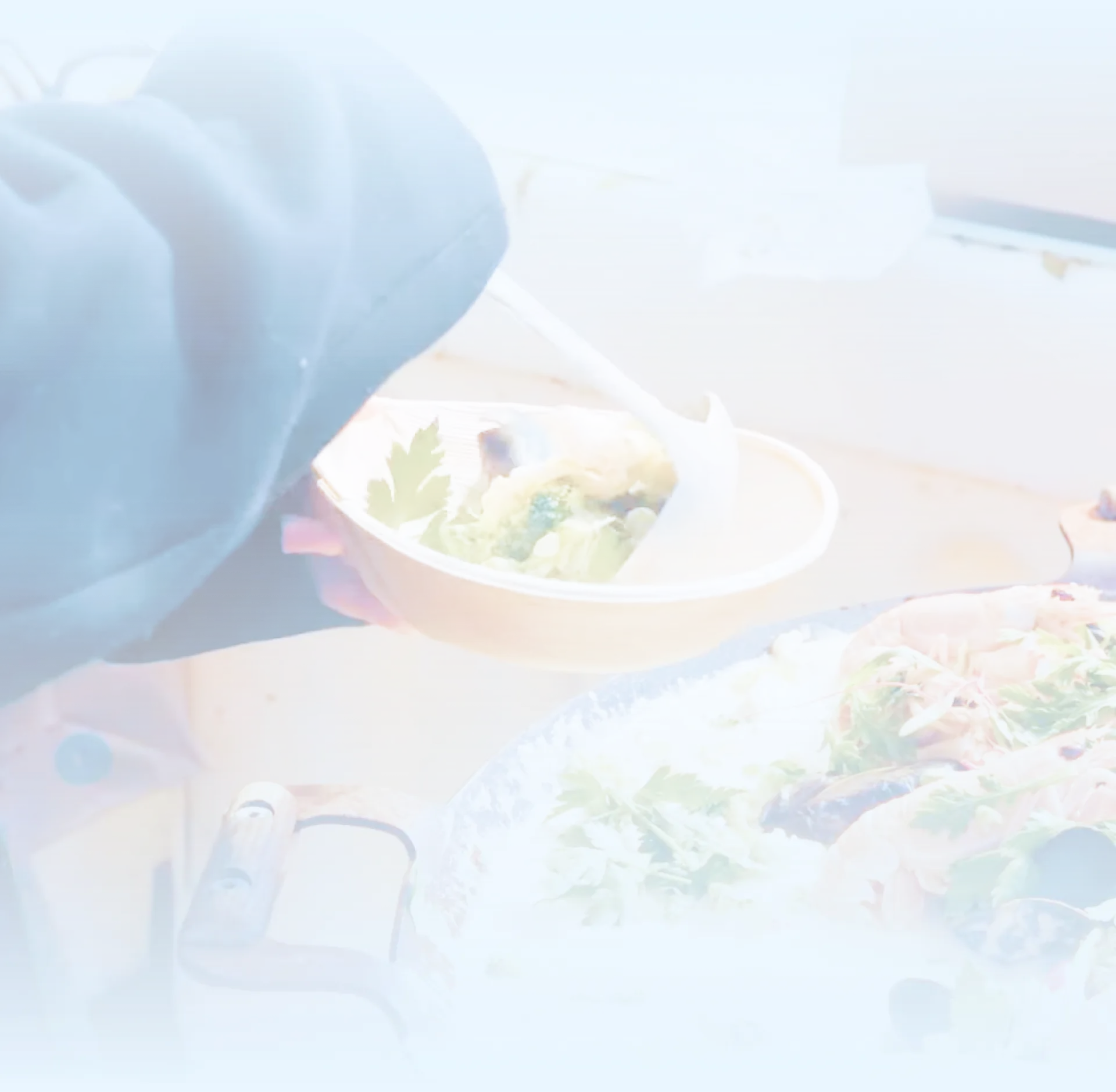Gently dried to ensure moisture is reduced and the quality of the seaweed is preserved.
Storage: Dark and dry place in room temperature.
Packaging formats: 1kg, 2,5kg and unpacked (>5 kg).

Latin name: Saccharina latissima
English trade name: Sugar Kelp
Swedish trade name: Sockertång
Origin: Otterön Farm, Sweden
Certificates: KRAV, Organic
Nordic Kombu (Saccharina latissima), also known as sugar kelp, is a species of brown seaweed that thrives in the cold waters of the North Atlantic and North Pacific Oceans.
It is widely used in the culinary world, where it adds a subtle umami flavor and a nutritious boost to dishes like salads, soups, and seafood preparations. Sugar kelp is also a valuable resource for the production of bioplastics, fertilizers, and other biomaterials, showcasing its versatility in sustainable industries.
Gently dried to ensure moisture is reduced and the quality of the seaweed is preserved.
Storage: Dark and dry place in room temperature.
Packaging formats: 1kg, 2,5kg and unpacked (>5 kg).
Per 100 grams
Energy: 1095 kJ
Energy: 262 kcal
Fat: 0.35 g
– Saturated fat: < 0.01 g
Carbohydrates: 54 g
– Sugars: 0.1 g
Protein: 9.4 g
Iodine: 7.75 g
HIGHLIGHTS: rich in iodine, calcium, magnesium, fibers,and vitamins A, C and K.
For more detailed information, Contact us here
Fresh is available between mid February to late april, the fresh seaweed has a mild sweet flavor and characteristic brown color.
Storage: Preferably 2-6 degrees. Shelf life is +10 days.
Packaging formats: Custom.
Per 100 grams
Energy: 73 kJ
Energy: 18 kcal
Fat: < 0.1 g
– Saturated fat: < 0.1 g
Carbohydrates: 2 g
– Sugars: < 0.1 g
Protein: 1 g
Salt: 1.2 g
HIGHLIGHTS: rich in iodine, calcium, magnesium, fibers,and vitamins A, C and K.
For more detailed information, Contact us here
Blanched and individual quick frozen (IQF) to ensure high quality and long shelf-life.
Storage: -18 or colder, do not refreeze when thawed
Packaging formats: 5kg, 10kg and 200kg.
Per 100 grams
Energy: 100 kJ
Energy: 24 kcal
Fat: 0.16 g
– Saturated fat: < 0.01 g
Carbohydrates: 4.4 g
– sugars: < 0.05 g
Protein: 1.1 g
Iodine: 0.29 g
HIGHLIGHTS: rich in iodine, calcium, magnesium, fibers,and vitamins A, C and K.
For more detailed information, Contact us here
Short answer: seaweed are marine plants that are packed with nutrients! In more detail, seaweed is a subgroup of algae, which are in turn subdivided into microalgae and macroalgae. Seaweed is a collective name for macroalgae, i.e. algae that we can see with the naked eye. There are three different types of macroalgae: brown algae (e.g. sugar kelp), red algae (e.g. nori) and green algae (e.g. sea lettuce).
No, kombu and sugar kelp are not the same, though they are both types of kelp. Kombu typically refers to several species within the Laminaria genus, used extensively in Japanese cuisine. Sugar kelp, known scientifically as Saccharina latissima, is a specific type of kelp that gets its name from the sweet taste it develops when dried. Both are edible seaweeds but differ in texture, taste, and specific culinary uses.
“Kelp” is a general term that encompasses a wide variety of large, brown algae species found in marine environments around the world, including both the Laminaria genus (to which kombu belongs) and the Saccharina genus (which includes sugar kelp, Saccharina latissima). Sugar kelp is a specific type of kelp with distinctive sweet-tasting compounds that develop when it dries. The main differences lie in their specific species, taste profiles, and uses in cuisine and industry.
Sugar kelp is one of the fastest-growing seaweeds, capable of growing up to 0.5 meters (about 20 inches) per month under optimal conditions. Its rapid growth makes it an excellent candidate for aquaculture and sustainable seaweed farming practices.
Short answer: seaweed are marine plants that are packed with nutrients! In more detail, seaweed is a subgroup of algae, which are in turn subdivided into microalgae and macroalgae. Seaweed is a collective name for macroalgae, i.e. algae that we can see with the naked eye. There are three different types of macroalgae: brown algae (e.g. sugar kelp), red algae (e.g. nori) and green algae (e.g. sea lettuce). If you want to find out even more, read here.
Short answer: seaweed are marine plants that are packed with nutrients! In more detail, seaweed is a subgroup of algae, which are in turn subdivided into microalgae and macroalgae. Seaweed is a collective name for macroalgae, i.e. algae that we can see with the naked eye. There are three different types of macroalgae: brown algae (e.g. sugar kelp), red algae (e.g. nori) and green algae (e.g. sea lettuce). If you want to find out even more, read here.
Short answer: seaweed are marine plants that are packed with nutrients! In more detail, seaweed is a subgroup of algae, which are in turn subdivided into microalgae and macroalgae. Seaweed is a collective name for macroalgae, i.e. algae that we can see with the naked eye. There are three different types of macroalgae: brown algae (e.g. sugar kelp), red algae (e.g. nori) and green algae (e.g. sea lettuce). If you want to find out even more, read here.